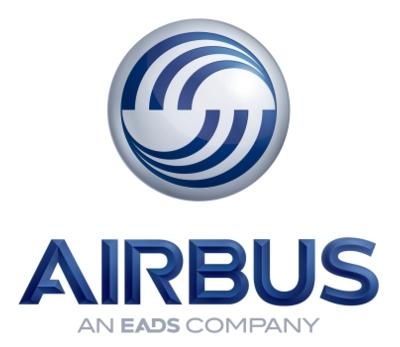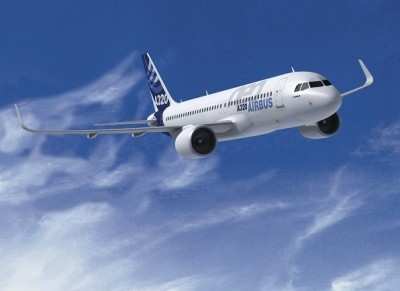Includes 4,100 Widebodies For The World’s Fastest Growing Market
Airlines in the Asia-Pacific region will lead global demand for larger and more eco-efficient aircraft over the next 20 years, according to Airbus’ latest Global Market Forecast (GMF).

Airlines from the region will take delivery of some 10,940 new passenger and cargo aircraft from 2013-2032, valued at $1.8 trillion. This represents 37 per cent of all new aircraft deliveries worldwide over the next 20 years, ahead of Europe, North America and the Middle East. In value terms, the region will account for 42 per cent of the global market for new airliners, reflecting the higher proportion of widebody aircraft required in Asia-Pacific.
In the passenger market, the fleet of aircraft operated by Asia-Pacific carriers is expected to more than double in the next 20 years, from 4,960 aircraft today to over 12,130 jets, based on higher than average annual traffic growth of 5.8 per cent and replacement of nearly 3,770 aircraft in service today.
Increasing urbanization from already high levels in the region means that 25 of the 89 mega cities in 2032 will be in Asia-Pacific. In this period, Asia Pacifc will be home to 90 cities with more than one million passengers. Traffic will increasingly concentrate around these cities, with larger aircraft providing the most efficient means of meeting demand while overcoming airport constraints. As a result, Airbus forecasts that carriers in the region will acquire some 4,130 widebody aircraft over the next 20 years (46 per cent of worldwide demand).
In the single aisle market, the growth of new low cost operations is stimulating demand for these aircraft particularly the larger types. Since 2000, the average aircraft capacity operated by low cost carriers has grown by nearly 50 per cent. In the next 20 year, the region will need 6,810 new deliveries of this type representing over a third of the world total. “There is no doubting the importance of the Asia-Pacific market both today and in the future. We are pleased that Airbus plays a major role in this great growth story,” said John Leahy, Chief Operating Officer Customers. “All of our products are in the region in significant numbers, and we continue to dominate sales in this region because we have the aircraft Asian-Pacific airlines need."

In the cargo sector, the region will continue to dominate the global market. Airbus forecasts the freighter fleet operated by Asia-Pacific airlines will triple from just over 300 today to some 970, representing a third of the global freighter fleet by 2032. While many of the aircraft will be converted from passenger models, Airbus forecasts that around 270 will be new build. As in other world regions, around 30 per cent of the freighters will be in the 45 – 70 metric ton category served by mid-size widebody aircraft.
The Asia-Pacific region is a core market for Airbus, accounting for 31 per cent of all orders recorded by the company to date. Today, there are more than 2,400 Airbus aircraft in service with around 100 operators across the region, with more than 1,700 on order with customers for future delivery. This represents over a third of the company's total backlog, reflecting the importance of the region as the fastest growing market for new civil aircraft.
In 2013 Airbus further strengthened its position in the region, winning 80% of all new business in Asia-Pacific during the year, with 379 firm orders. The company also delivered 331 new aircraft to the region during the year, representing over half of all new aircraft entering service with Asia-Pacific carriers in 2013.
Airbus' forecast for the Asia-Pacific region is derived from the company's Global Market Forecast, which foresees a need for some 29,200 passenger and freighter aircraft valued at nearly $4.4 trillion over the next 20 years, including 1,710 very large aircraft, 7,270 twin aisle widebodies and 20,240 single aisle aircraft.
 ANN's Daily Aero-Term (04.26.24): DETRESFA (Distress Phrase)
ANN's Daily Aero-Term (04.26.24): DETRESFA (Distress Phrase) ANN's Daily Aero-Linx (04.26.24)
ANN's Daily Aero-Linx (04.26.24) Airborne 04.22.24: Rotor X Worsens, Airport Fees 4 FNB?, USMC Drone Pilot
Airborne 04.22.24: Rotor X Worsens, Airport Fees 4 FNB?, USMC Drone Pilot Airborne 04.24.24: INTEGRAL E, Elixir USA, M700 RVSM
Airborne 04.24.24: INTEGRAL E, Elixir USA, M700 RVSM Airborne-NextGen 04.23.24: UAVOS UVH 170, magni650 Engine, World eVTOL Directory
Airborne-NextGen 04.23.24: UAVOS UVH 170, magni650 Engine, World eVTOL Directory




